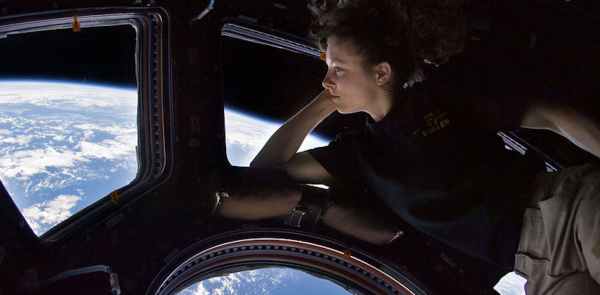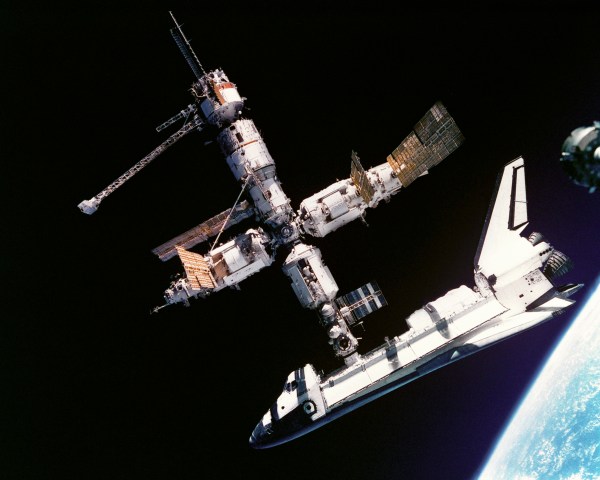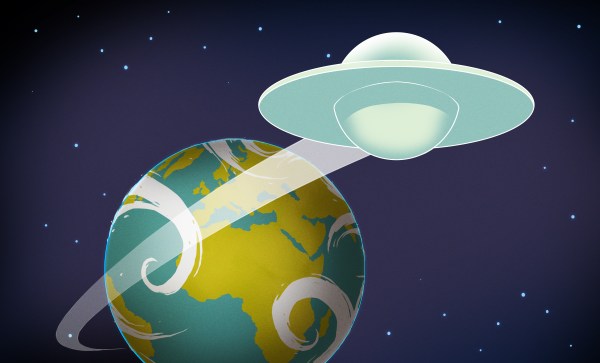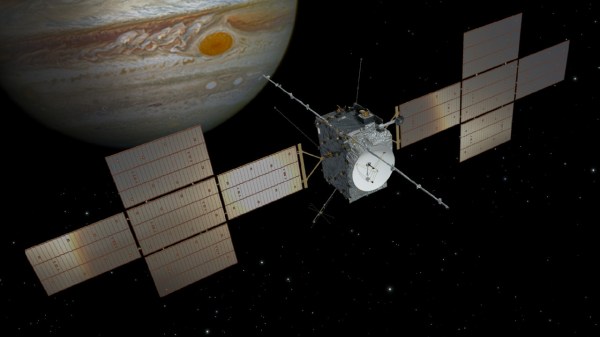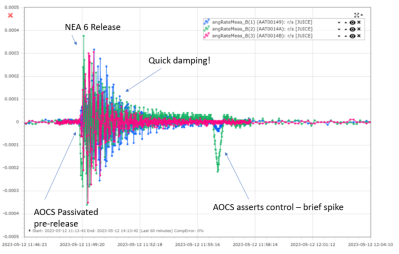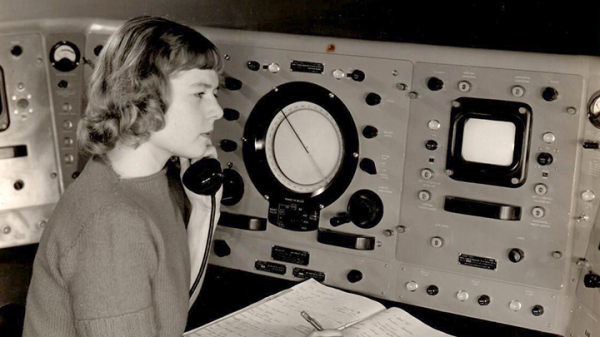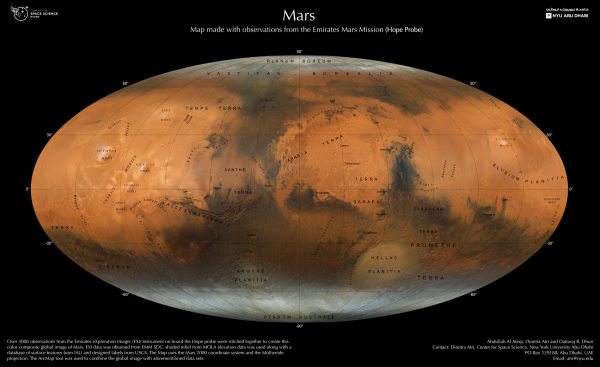A recent study in Nature Scientific Reports by Jonathan P. R. Scott and colleagues makes the case for sending exclusively all-female crews on long-duration missions. The reasoning here is simple: women have significant less body mass, with in the US the 50th percentile for women being 59.2 kg and 81.8 kg for men. This directly translates into a low total energy expenditure (TEE), along with a lower need for everything from food to water to oxygen. On a long-duration mission, this could conceivably save a lot of resources, thus increasing the likelihood of success.
With this in mind, it does raise the question of why female astronauts aren’t more commonly seen throughout Western space history, with Sally Ride being the first US astronaut to fly in 1983. This happened decades after the first female Soviet cosmonaut, when Valentina Tereshkova made history in 1963 on Vostok 6, followed by Svetlana Savitskaya in 1982 and again in 1984, when she became the first woman to perform a spacewalk.
With women becoming an increasingly more common sight in space, it does bear looking at what blocked Western women for so long, despite efforts to change this. It all starts with the unofficial parallel female astronaut selection program of the 1950s.
Continue reading “Making The Case For All-Female Exploration Missions To Mars And Beyond”

